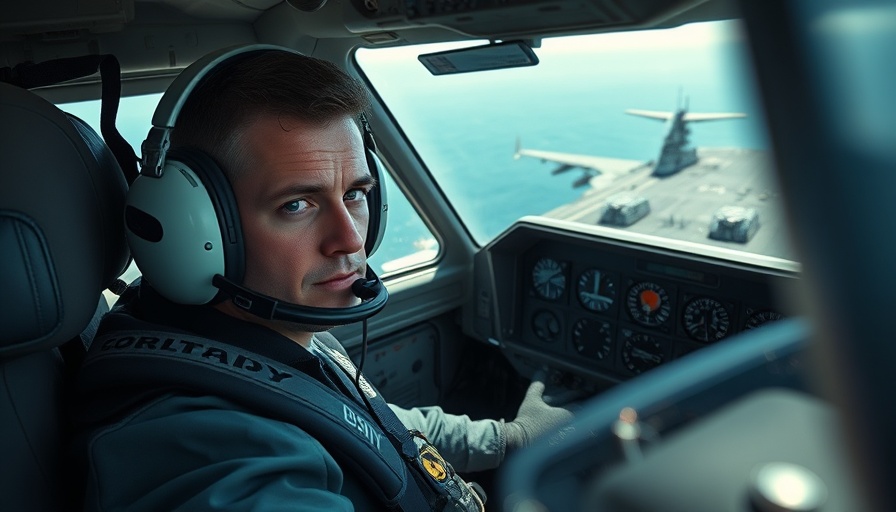
Charting the Course: Your Journey to Becoming a Navy Pilot
Have you ever dreamt of soaring through the skies, piloting powerful aircraft while serving your country? Becoming a Navy pilot can transform that dream into reality, offering an exhilarating and rewarding career path. Naval aviators engage in diverse missions, from flying fighter jets off aircraft carriers to executing search-and-rescue operations in tactical helicopters. However, the road to earning your wings, while incredibly rewarding, requires determination, dedication, and extensive training.
The Foundation: Education and Academic Excellence
To embark on this journey, achieving academic excellence is crucial. Navy pilots are commissioned officers, which necessitates completing at least a bachelor’s degree. You can pursue a degree in any field, but education in Science, Technology, Engineering, and Mathematics (STEM) can enhance your candidacy. Aspiring pilots are encouraged to maintain a strong GPA—typically a minimum of 2.5 for those not attending a military academy.
Getting involved in activities like the Civil Air Patrol or high school ROTC helps build leadership skills and showcases your commitment to service. The focus on well-rounded development—both academically and personally—will set a solid foundation for your aviation career aspirations.
Physical Fitness: A Necessary Requirement
Physical fitness is another critical component of the Navy pilots' training process. Candidates must meet strict physical standards, including passing medical screenings that ensure they can handle the demands of flying. This often includes a physical fitness test assessing endurance, strength, and overall fitness level. Staying active and maintaining a healthy lifestyle will not only benefit your military training but also enhance your performance as a pilot.
Comprehensive Training: Steps to Becoming a Naval Aviator
The journey begins with meeting the eligibility criteria before entering training. The first significant step is applying to attend Officer Candidate School (OCS), where you’ll receive military officer training. Successful candidates then take the Aviation Selection Test Battery (ASTB), which tests general knowledge and spatial awareness—a vital skill for flight operations.
Upon passing OCS and the ASTB, you will commence your flight training at the Naval Aviation Schools Command (NASC) in Pensacola, Florida. This program includes primary, intermediate, and advanced training specific to different aircraft. Expect to master various skills, from basic flight operations to complex maneuvers involving aircraft carriers.
The Perks: Opportunities Beyond the Skies
Alongside the thrill of flying, a career as a Navy pilot comes with exceptional benefits. Newly minted pilots enjoy competitive salaries, which can exceed $100,000 with experience, in addition to housing allowances based on their locations. Moreover, many pilots transition into civilian roles after military service, leveraging their extensive training and experience in airline, corporate, or instructional flying jobs.
A Lasting Commitment: Life as a Naval Aviator
Once you earn your wings, you’ll commit to an eight-year service obligation. Life as a Navy pilot involves continuous learning, adapting to evolving technologies, and enhancing your skills. The camaraderie built among fellow pilots fosters a unique bond that remains long after your military service ends, providing invaluable memories and experiences.
Ready for Takeoff? Your Next Steps
The path to becoming a Navy pilot isn't short or easy, but for those who are passionate about aviation and serving their country, it is exceptionally rewarding. If you’re excited about the prospect of flying and dedicated to the pursuit of this ambitious goal, now is the time to take action. Research scholarships for military academies, seek out mentors within military aviation, and start preparing for the rigorous journey ahead. Your dream of flying can become your reality, one deliberate step at a time!
 Add Row
Add Row  Add
Add 




Write A Comment